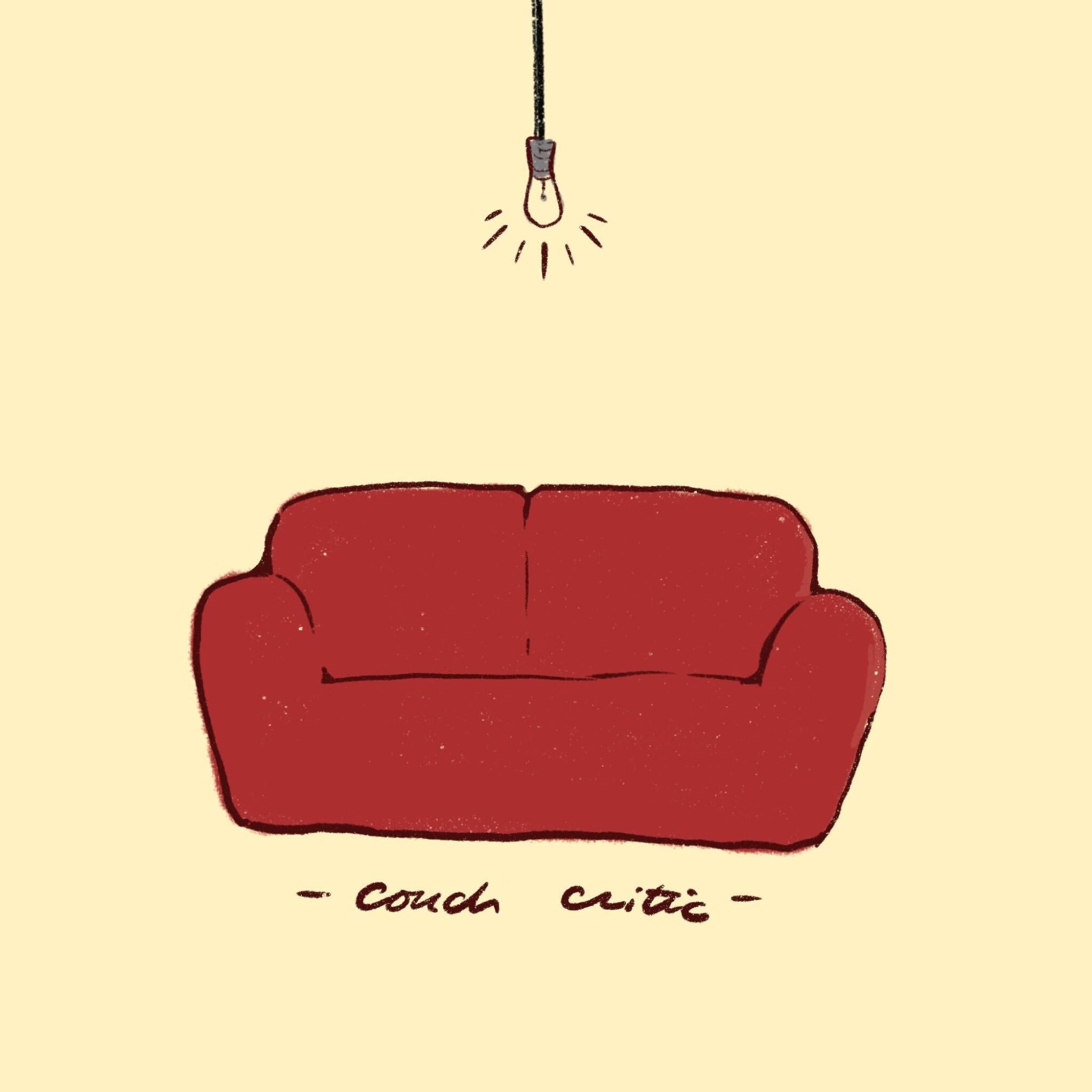Couch Critic // What are the limits of creative nonfiction?


Although the fascination with true crime dates back long before the 21st century, it seems over the past 15 years, true crime has skyrocketed as a defining genre in American media, infiltrating movies, TV shows and the increasingly crowded realm of true crime podcasts. As its popularity has grown, so too have the controversies surrounding it.
The most common criticism of true crime is its arguably unethical nature. Many believe that true crime sensationalizes real-life tragedies, turning victims into sources of entertainment. Other critics find that true crime narratives tend to glorify criminals, contributing to our culture’s morbid fascination with violent behavior. But the main criticism that I’ll be examining today is the ethical representation of true crime. Many true crime media outlets prioritize dramatic storytelling over accuracy, highlighting the age-old dilemma of balancing entertainment with truth. This begs the question — what are the limits of creative nonfiction?
For the sake of this commentary, I am going to draw a distinction between true crime and true crime dramas. I define true crime media as the exploration of real criminal cases, the details of crimes, the psychology of the perpetrators and the impact on victims through a vessel that intends to provide facts. This vessel could be a documentary, like “Surviving R. Kelly,” or “Tiger King.” In these examples, although there is innate entertainment value, the documentary is ultimately rooted in facts and aims to accurately portray those facts with primary sources, such as interviews, surveillance footage, court documents and site visits.
Where true crime dramas differentiate is their mismanagement of the facts. True crime dramas are dramatic reenactments of real criminal cases, with actors portraying both victims and perpetrators. The problem arises when they take broad creative liberties, blending factual elements with fictionalized storytelling. Aiming to evoke an emotional response for the audience comes at the expense of accurate portrayals of events, and there is no better example of this issue than Netflix’s number one series in the U.S., Ryan Murphy’s, “Monsters: The Lyle and Erik Menendez Story.”
“Monsters” is based on the 1989 murders of Kitty and José Menendez committed by their sons, Lyle and Erik. The show begins at the funeral of the parents, and through nonlinear storytelling, it takes the audience back and forth between the weeks before the murders, the panic that followed and the boys’ months in prison, ending with the tempestuous court proceedings trying them of first-degree murder. Due to the complex nature of the case, “Monsters” explores male sexual abuse and incest, as the boys accuse their father of sadistically and systematically abusing them, the primary defense of their case.
“Monsters” is riddled with inaccuracies framed as creative liberties, some of which have more significant implications than others. In Episode Three, “Brother, can you spare a dime?” the brothers navigate prison life, grappling with issues like Erik’s disordered eating and Lyle’s fixation on his hairpiece, all spliced with comedic banter that adds a layer of humor to their shared experiences. Although the boys’ struggles presented in the show were accurate, the two were immediately separated upon their arrival to prison, rendering their witty, brotherly exchanges a fictional product. In my opinion, this is an acceptable use of creative license, for it expedites the storytelling while adding a much-needed lighthearted sequence. Ultimately, this choice enhances the show while preserving the key facts of the case.
Unfortunately, this argument cannot be made for a majority of the fictionalized aspects.
Far and away, the most contentious aspect of the show is the prejudicial characterization of the brothers. From Episode One, Murphy and actor Nicholas Chavez depict Lyle as an extremely hot-tempered, manic drug user. In contrast, Erik, played by Cooper Koch, is docile and meek, heavily implied to be gay. Both characterizations have been vigorously denied by the brothers and their families back in the ’90s and in reaction to the show today.
However, the most damaging exaggeration is the explicit indications of an incestuous relationship between Erik and Lyle.
The show includes more than one shared kiss, countless instances of intense physical contact and an overtly romantic dance between the two at a party. Both brothers have testified under oath that, besides Lyle abusing Erik when Lyle was eight as a reaction to the sexual trauma inflicted by his father, their relationship has never turned sexual beyond that.
A major issue with the incest claims is that they are part of a broader set of theories attempting to explain the murders of their parents. These theories suggest that the boys were in love and murdered their parents to be free to pursue their relationship, thus negating the sexual abuse allegations against their father. It goes without saying that these unfounded claims are reaching audiences of millions while the brothers sit in a jail cell, unable to defend themselves.
Murphy argues that these inclusions were intentionally controversial, an attempt to show the case from multiple perspectives to help the audience understand the mindset of the jurors who ultimately found the brothers guilty.
However, this excuse falters when, within the show, the intimacy of the brothers is entirely absent from the trials and press coverage depicted and is also not used in conversation with the justice system. It is clear that the purpose of this embellishment, among many of the others mentioned, was to give the show more complicated characters. Ultimately, like most of the show’s choices, it was to make the show more entertaining.
What I’ve just analyzed was just one of the many fabrications presented in the show. While I understand and commend wanting to provide as many perspectives as possible, this becomes problematic when those perspectives are unsupported.
So, the question remains — where do we draw the line in creative nonfiction? I answer this question with another question — at what point does artistic expression compromise the subjects involved? As I’ve stated, some creative liberties are necessary for narrative flow. But it becomes unethical when those liberties distort the lived experiences of individuals.
Ethical storytelling is no easy task and is seldom executed perfectly. But at the very least, when taking on a true crime drama, you’re committing to respect the real-life consequences of the narrative. Unfortunately, many true crime dramas utterly fail to do so. “Monsters” makes no exception.
Recent Posts
SGB addresses concerns about ICE presence on campus, hears SJP lawsuit against administration, approves governing code bill
At its weekly meeting on Tuesday at Nordy’s Place, Student Government Board heard concerns about…
ACLU of Pennsylvania sues Pitt over SJP suspension
The ACLU of Pennsylvania filed a federal civil lawsuit against the University of Pittsburgh and…
Marquan Pope: The ultimate shark
One of the most remarkable things about sharks is that an injury doesn’t deter them.…
Who Asked? // Do we really get a summer vacation?
This installment of Who Asked? by staff writer Brynn Murawski mourns the seemingly impossible perfect…
Notes From an Average Girl // Notes from my junior year
In this edition of Notes From an Average Girl, senior staff writer Madeline Milchman reflects…
Meaning at the Movies // The Power of the Movie Theater
In this edition of “Meaning at the Movies,” staff writer Lauren Deaton discusses her love…
